If you’ve ever wanted to know how to make pavlova that’s crisp on the outside and soft and marshmallowy in the middle, this foolproof recipe is for you. I’ll show you step by step exactly how to create the perfect pavlova base. This is the same foolproof pavlova method I’ve used for years for Christmas and summer celebrations.

Save this recipe 💌
My mum was famous for her pavlovas, and it was the first recipe I learned as a child. It’s still the most requested dessert in my house today (mostly by me!). If you love meringue-style treats, try my Pavlova Roll recipe, Mini Pavlovas or my Giant Meringue Cookies. Both use the same foolproof pavlova base I use in all of my meringue desserts.
Jump to:
- Why You'll Love This Recipe
- Ingredients for making Pavlova
- How to Make A Perfect Pavlova
- Foolproof Pavlova: Troubleshooting & Fixes
- Such An easy pavlova recipe
- Substitutions & Variations
- How to Decorate Pavlova
- Berry Pavlova Topping Ideas
- Equipment
- See how easy it is to make a Classic Australian Pavlova
- How to Store a Pavlova With Make-Ahead Tips
- Top Tip
- Foolproof Pavlova FAQs
- Special Occasion Desserts
- Pavlova Recipe
- How to make a Perfect Pavlova
Why You'll Love This Recipe
- Crisp on the outside with a marshmallowy centre
- Reliable method for a traditional pavlova, with step-by-step instructions
- Perfect make-ahead dessert for Christmas and summer celebrations
- Works with any seasonal fruit topping
- It's the perfect showstopper dessert (without the fuss)

Ingredients for making Pavlova
- Egg whites – room temperature whites whip to better volume and structure.
- Caster sugar (superfine sugar) – dissolves faster and prevents a gritty meringue.
- Cream of tartar – stabilises the whites; white vinegar works too.
How to Make A Perfect Pavlova
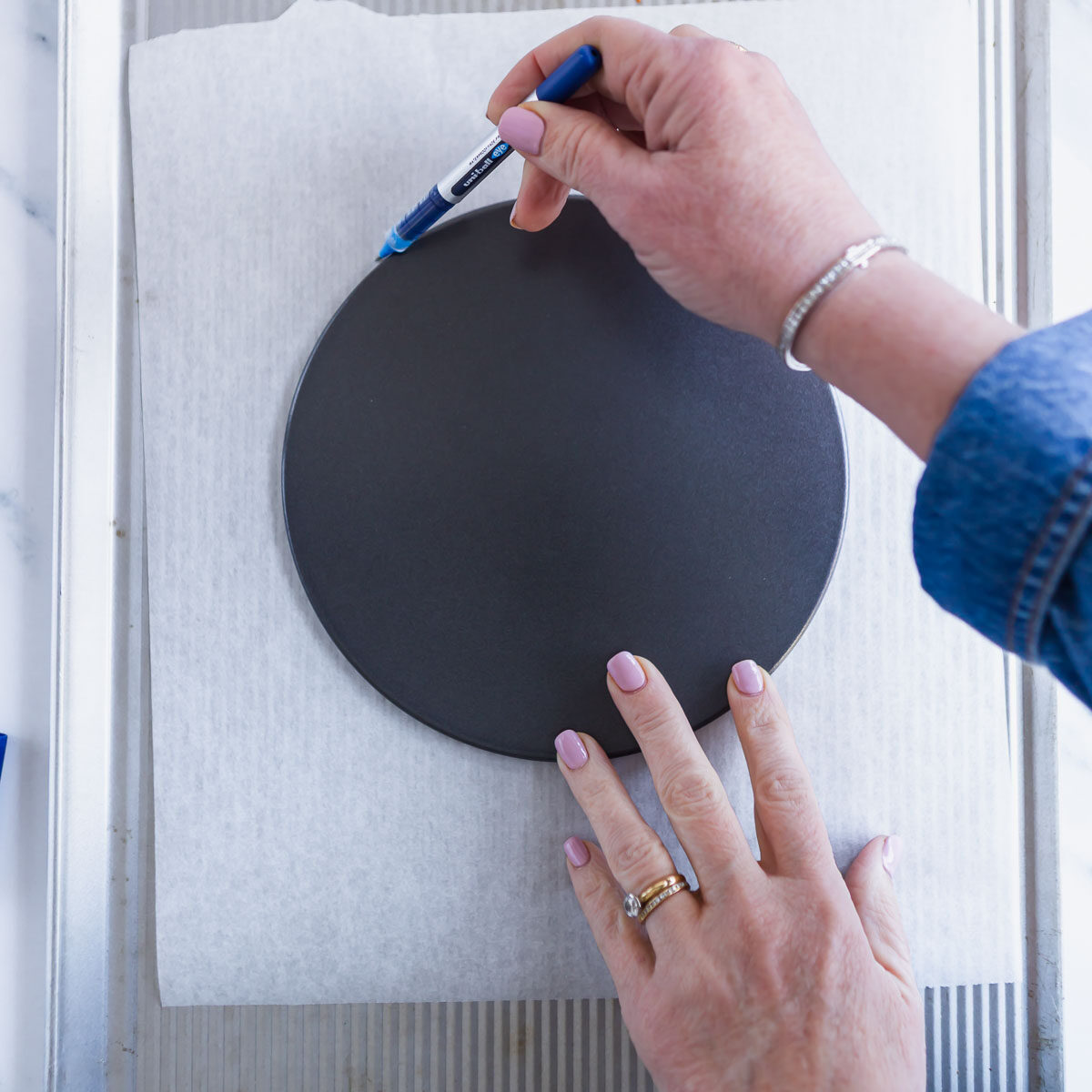
- Step 1: Line a tray with baking paper and draw a 23cm circle on the paper, then turn it face down, so the pen marking doesn't touch the Pavlova. You will use a tiny bit of meringue to stick the paper down.

- Step 2: Make the meringue by whisking the egg whites and cream of tartar on medium speed until soft peaks form. This is the base for my foolproof pavlova, so take your time with the whisking.
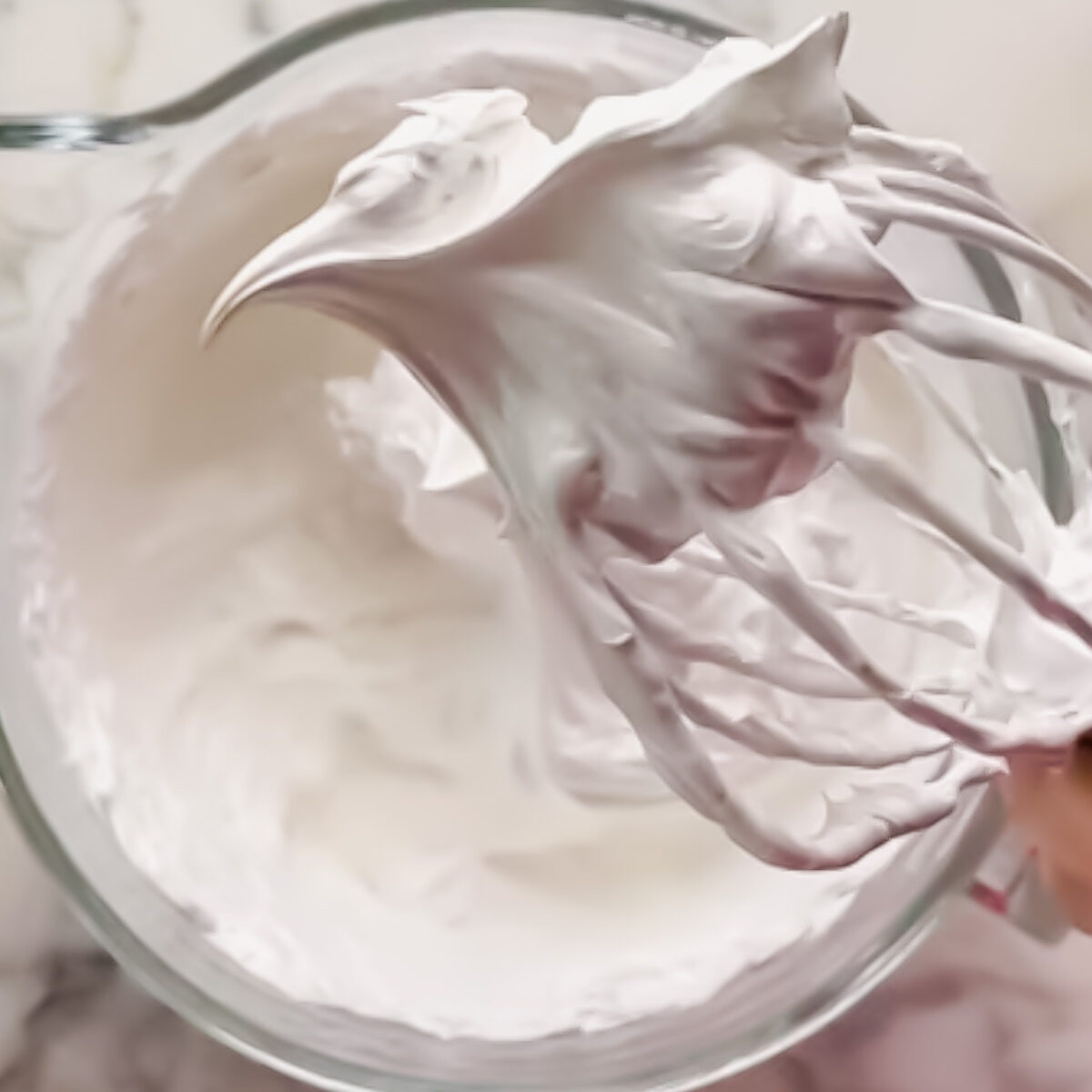
- Step 3: Gradually add the caster sugar, 1 tablespoon at a time and whisk for 30 seconds between each addition. Whisk for another 10 minutes, until thick and glossy. A glossy, lump-free meringue is the #1 secret to a foolproof pavlova.
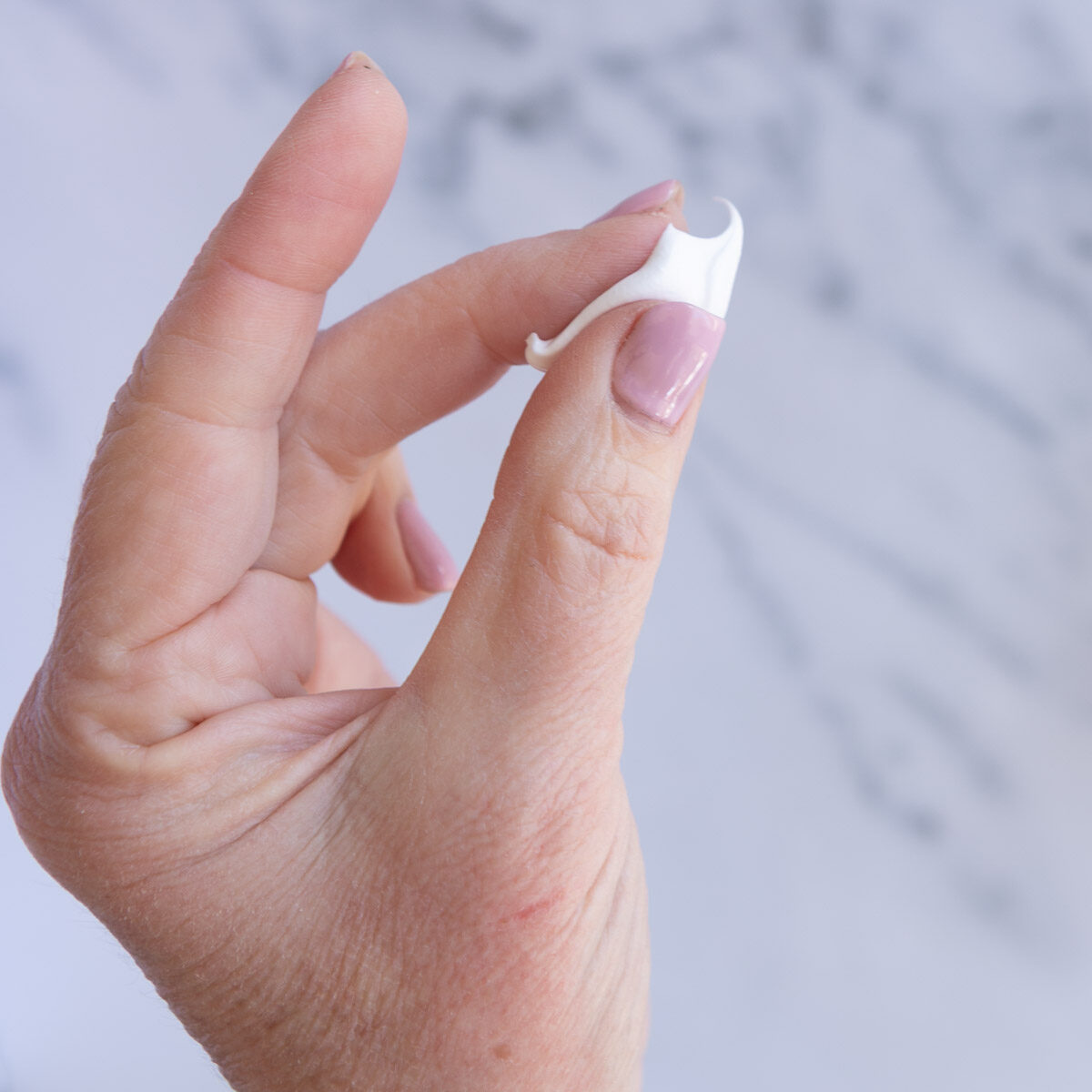
- Step 4: Rub a little of the meringue between your thumb and forefinger -if it's smooth, it's ready. If it's gritty, keep whisking (use the meringue on your fingers to glue down the baking paper).
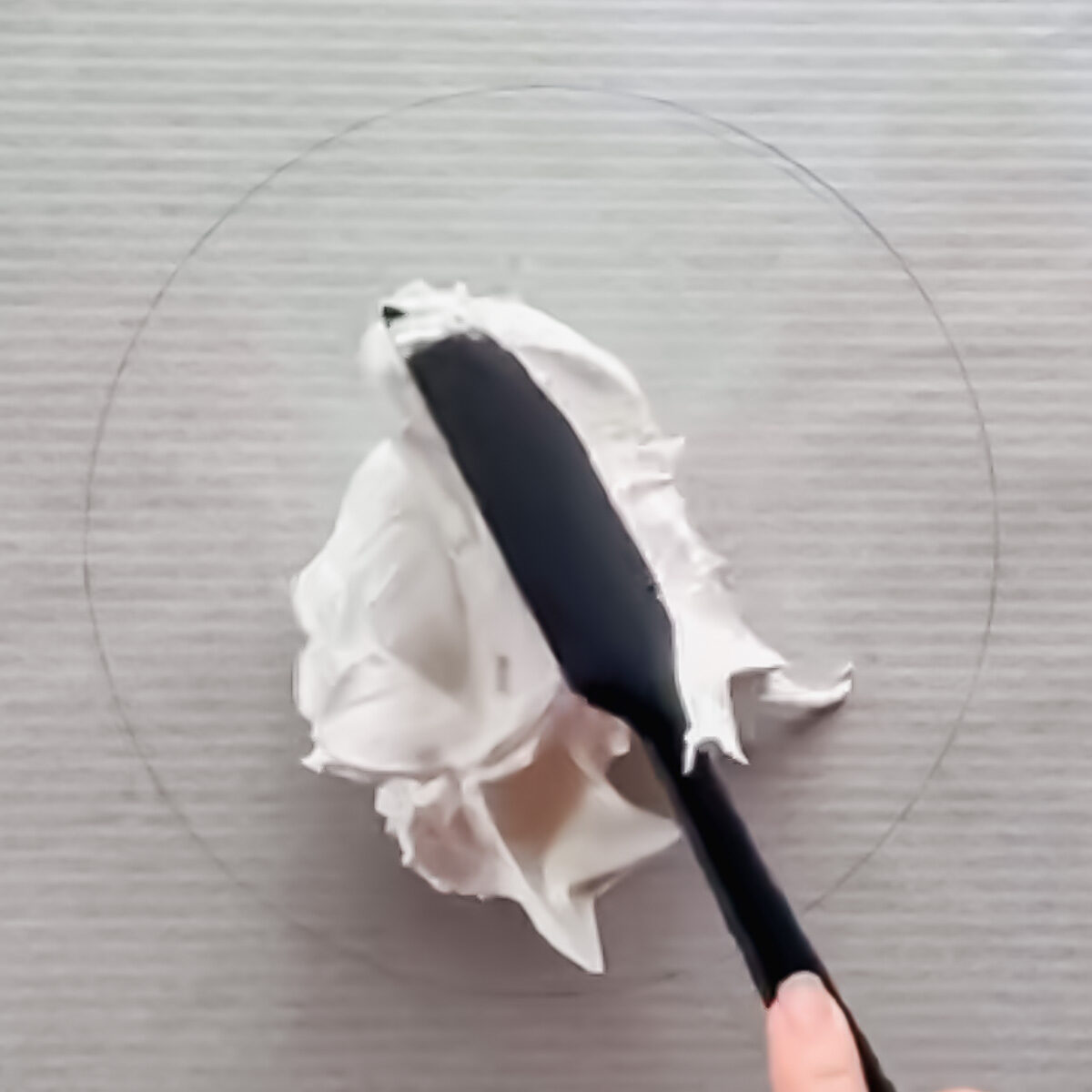
- Step 5: Dollop the mixture into the centre of the circle, then use an offset spatula to form the meringue into a circle. Swipe the spatula up the sides to create furrows along the outside.

- Step 6: Bake Pavlova for 1 hour and 20 minutes, then turn the oven off and leave it to cool with the door closed. You can make the Pavlova the night before serving and leave it to cool in the oven overnight (this is how I do my Christmas Pavlovas)
Hint: Bake the pavlova the night before and let it cool in the oven overnight – perfect for Christmas Day! It’s the easiest way to keep that crisp shell while you prep toppings. See How to Decorate Pavlova below for a quick berry pavlova.
Foolproof Pavlova: Troubleshooting & Fixes
Pavlova is weeping:
- Sugar not fully dissolved – whisk longer between additions.
- Use caster sugar, not granulated.
- Avoid baking on humid days – pavlovas soak up moisture.
- For a truly foolproof pavlova, dissolve sugar completely and avoid humidity.
Pavlova cracked or collapsed:
- Oven too hot – bake at 120°C (245°F) or 110°C fan.
- Don’t open the oven door during baking or cooling.
- Cool completely in the oven before removing.
Shell discoloured or brown:
- Oven running hot – use a thermometer and know your oven’s hot spots.
Egg whites won’t whip:
- Bowl isn’t clean/dry or a trace of yolk is present.
- Cold egg whites can also be slower to whip.

Such An easy pavlova recipe
...it's everything a pavlova should be, and so easy to make!
Substitutions & Variations
- Swap cream of tartar for white vinegar or lemon juice if needed.
- Top with Chantilly Cream and mixed berries for an easy berry pavlova
- Add shaved chocolate or crushed Peppermint Crisp bars for a fun twist (and my personal favourite!).
- For a fancier option, try topping it with my White Chocolate Chantilly Cream.
How to Decorate Pavlova
Keep it simple: softly whipped Chantilly Cream, then layer textures with juicy fruit, nuts for something crunchy, and a drizzle of coulis, chocolate or caramel.
- Cream: Soft peaks so it billows, not smears.
- Crunch: Toasted flaked almonds or pistachios for colour and contrast.
- Drizzle: Passionfruit pulp, berry coulis, or chocolate sauce.
Berry Pavlova Topping Ideas
Classic berries: Strawberries, raspberries, blueberries and blackberries piled high on top of Chantilly cream.
Summer mix: Mango + raspberries + passionfruit pulp.
Chocolate-berry: Shaved dark chocolate + macerated strawberries.
Equipment
You’ll need an electric mixer, a baking tray, baking paper, and an offset spatula. I also recommend an oven thermometer to check accuracy.
See how easy it is to make a Classic Australian Pavlova
How to Store a Pavlova With Make-Ahead Tips
Room temperature: Store cooled, undecorated pavlova in an airtight container for up to 1 day. I always make my Pavlova the day before, then leave it to cool overnight in the oven.
Fridge: Once decorated, refrigerate and serve the same day. Once topped, pavlova softens, so for best texture, decorate within 1–2 hours of serving.
Freezer: Not recommended; pavlovas don’t freeze well.
Short answer to how to store a pavlova: keep the shell dry, then add cream and fruit at the last minute.
Top Tip
Humidity is a pavlova’s worst enemy. Avoid making it on very humid days, or it may weep and lose its crisp shell.

Foolproof Pavlova FAQs
Here are the most common questions I get about making pavlova, from cracking and stickiness to storage and decorating tips.
Cracking can happen when the oven is too hot or the meringue cools too fast. One of my best tips for how to make pavlova is to always cool it slowly in the oven.
Stickiness often means it was baked on a humid day or the sugar wasn’t fully dissolved into the egg whites. Using caster sugar and avoiding humid conditions will help.
Yes. Bake the night before and let it cool in the oven. Decorate just before serving.
Whipped cream + fresh fruit is classic. For berry pavlova, use a mix of strawberries, raspberries and blueberries, then finish with passionfruit pulp or a quick berry coulis. For a classic Aussie Pavlova, go with whipped cream and crushed peppermint crisp bars.
You can bake the pavlova shell the night before and leave it to cool completely in the oven overnight. Once cooled, store it undecorated in an airtight container for up to 24 hours. Add the cream and fruit just before serving, as toppings will soften the crisp shell.
Keep the undecorated shell airtight at room temp for up to 24 hours. Add cream/fruit just before serving. In humid weather, choose the driest area you have.
Special Occasion Desserts
More of my favourites to serve at Christmas, or on special occasions:
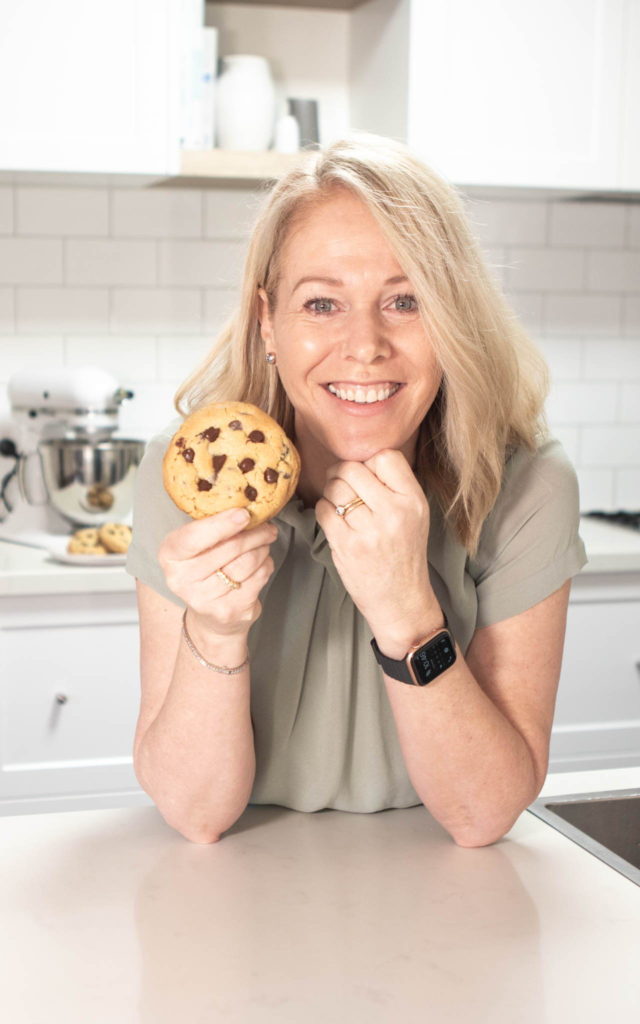
Pavlova Recipe

How to make a Perfect Pavlova
Ingredients
Pavlova
- 6 Egg whites
- 1½ cups Caster Sugar (330g or 11.6 oz)
- ¼ teaspoon Cream of Tartar
Chantilly Cream
- 300 ml Cream
- ¼ teaspoon Vanilla Extract
- 2 tablespoon Caster Sugar
Topping
- Fresh fruit or shaved chocolate or crushed Peppermint Crisp for a classic Aussie Pav
Instructions
Pavlova
- Preheat oven to 120°C/245°F or 110°FF
- Line a baking tray with baking paper and draw a 23cm circle on the paper. Turn the paper over, with the circle facing down
- In the bowl of an electric mixer, beat egg whites and cream of tartar on medium speed, until soft peaks form
- Gradually add the caster sugar, 1 tablespoon at a time and continue beating for 30 seconds between additions. Once all the sugar has been added, keep mixing until meringue is smooth and glossy. All up, it will take around 10 minutes of mixing.
- Take a small amount of meringue with your finger and wipe underneath the corners of the baking paper, sticking it to the baking tray.
- Place mixture onto the tray, within the circle, then use an offset spatula to form the mixture into a high circle, creating furrows along the edges.
- Bake for 80-90 minutes, until shell is firm. If you need to check the crispness of the shell after this time, very quickly open the oven and tap the sides, closing the door immediately.
- Once cooked, turn oven off and leave pavlova to completely cool inside the oven.
Chantilly Cream
- Place cream, vanilla and sugar in a mixing bowl
- Using a hand whisk, or stand mixer, whisk ingredients until stiff peaks form
- Gently spread cream on top of pavlova
Topping
- Decorate your Pavlova with fresh fruit in season (strawberries, blueberries, passionfruit, raspberries, peaches...) or for a truly country Aussie Pav, crush a Peppermint Crisp bar and sprinkle it over the top.
Notes
- Oven temperatures can vary a lot, so every now and then, check your oven with an oven thermometer -it can make a big difference in baking, especially with meringues.
- I like to bake my pavlova in a fan-forced oven at 110 Celsius or 230 Fahrenheit



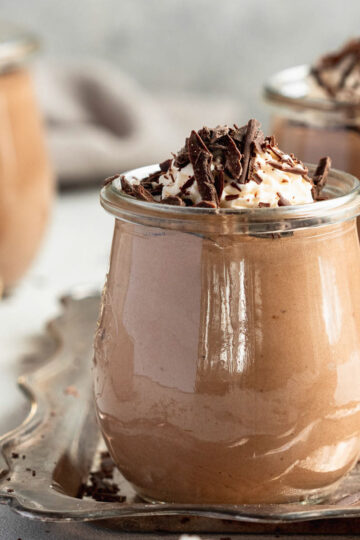
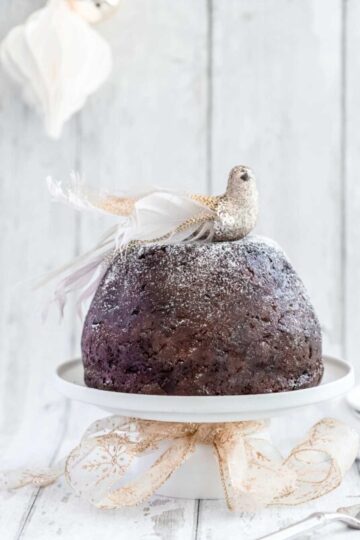



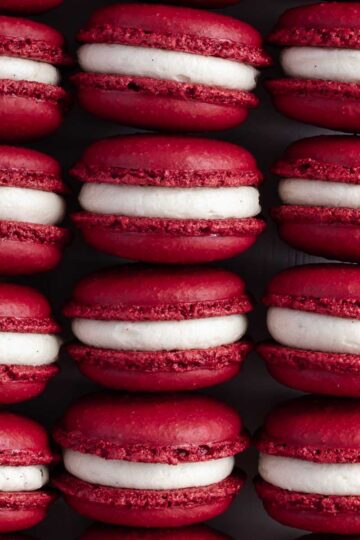
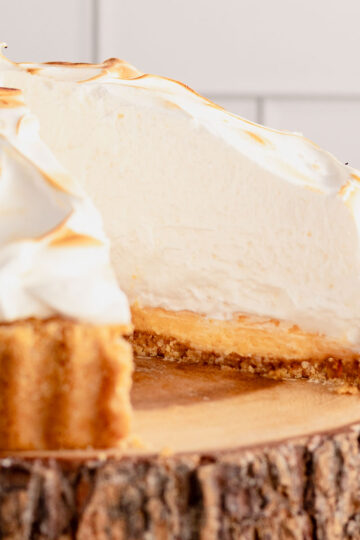

Sandra says
My recipe states that it serves 10, but that is just a guide. When it comes to Pavlova, I've found serving sizes vary from person to person. I do hope the 10 serves per Pavlova helped you though. I'm so sorry that you felt this was reason to only give it 4 stars. Thanks for your feedback though.
Adrienne says
So delectable and beautiful.
Was a hit. Will be making again!
Garnished with lemon curd and fruit and dried edible flower pedals
Sandra says
That sounds so delicious, Adrienne! The flowers would be so pretty too. Thank you so much for your lovely review ❤️